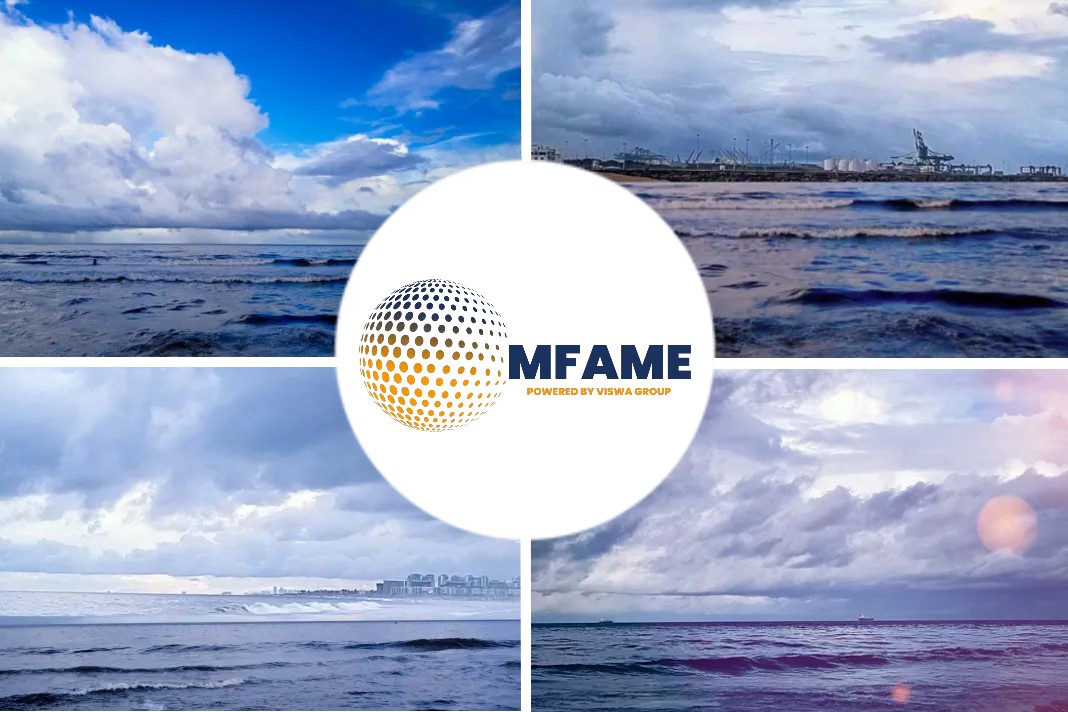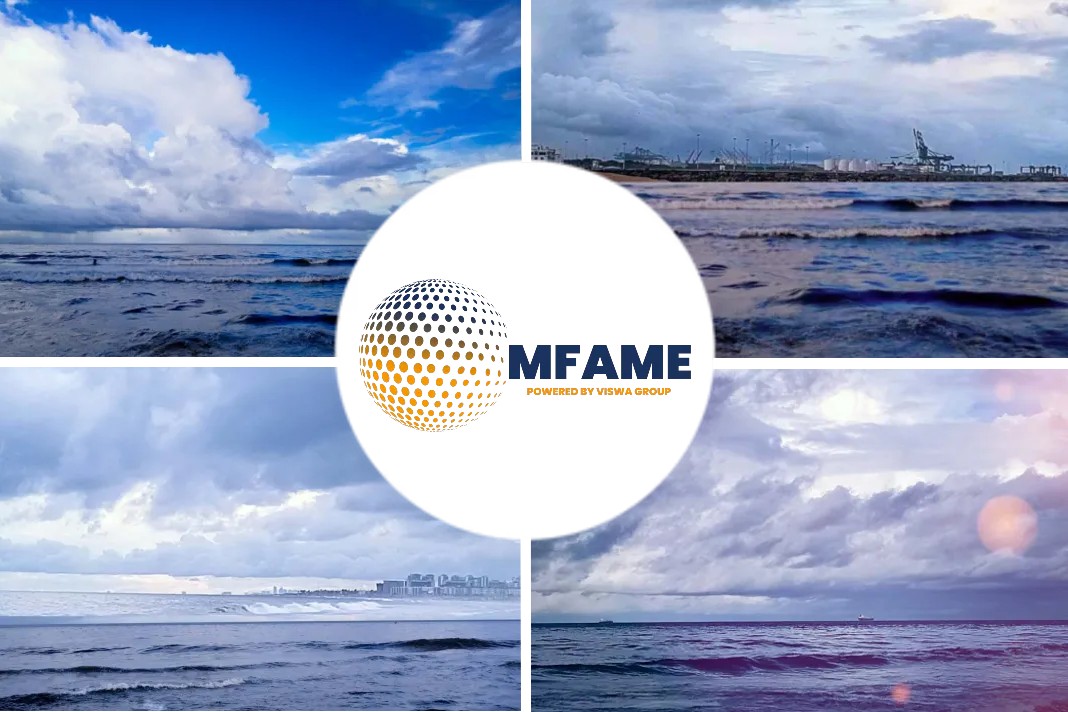- Ørsted and Yara have joined forces in developing a pioneering project aiming at replacing fossil hydrogen with renewable hydrogen in the production of ammonia.
- They plan to develop a wind powered electrolyser plant for renewable hydrogen production, aiming to replace fossil-based hydrogen with renewable hydrogen for ammonia production.
- The green ammonia is intended to be used in the production of carbon neutral fertilizer products, decarbonizing the food value chain, and also has potential as a future climate neutral shipping fuel.
Yara, the world’s leading fertilizer company, and Ørsted, the world’s leading offshore wind developer, have joined forces to develop a project aimed at replacing fossil hydrogen with renewable hydrogen in the production of ammonia, reads a corporate release from Yara.
Renewable hydrogen production
The two companies said that together they will develop a 100 megawatt wind powered electrolyzer plant for renewable hydrogen production in Yara’s Sluiskil plant in the Netherlands.
The renewable hydrogen would generate around 75,000 tons of green ammonia per year–around 10% of the capacity of one of the ammonia plants in Sluiskil, with power supplied from Orsted.
The green ammonia is intended to be used in the production of carbon neutral fertilizer products, but also has potential as a future climate neutral shipping fuel, the companies added.
“Green ammonia can be essential to enable sustainable food production, in addition it is emerging as the most promising carbon neutral energy carrier for several energy applications, such as decarbonized shipping fuel,” says Terje Knutsen, Executive Vice President and head of Farming Solutions in Yara.
He added, “Teaming up with Ørsted in this project in the Netherlands represents a major step forward in enabling Yara to deliver on its strategic ambitions.”
Carbon-free alternative
Hydrogen produced from renewable energy sources offers a carbon-free alternative to fossil-based hydrogen, but currently comes at a significantly higher cost.
Closing this cost gap takes time and will depend on public support to supplement private investments in large-scale renewable hydrogen and ammonia production, they said.
Orsted and Yara will therefore now seek public co-funding for the development and construction of the electrolyzer facility to support the project.
Subject to sufficient co-funding and a confirmed business case, a final investment decision to build the new plant could be taken late 2021 or early 2022 and the project could be operational in 2024-2025.
Hydrogen roadmap
“Ørsted is committed to investing in renewable hydrogen production at scale, and with the right support in place this joint flagship project between Yara and Ørsted will not only lead to a significant reduction of CO2 emissions, but also help mature the technology for the wider decarbonisation of European industry,” says Martin Neubert, Executive Vice President and CEO of Ørsted Offshore.
- With its abundant offshore wind resources and large hydrogen consumption centres in coastal areas, the Netherlands are well-positioned to lead the way in the green transformation of heavy industry powered by offshore wind, while securing the competitiveness of key industrial sectors and creating economic activity and jobs.
- This project can be a milestone on the hydrogen roadmap of the Smart Delta Resources cluster in Zeeland, and an important step in the scaling of renewable hydrogen in the Netherlands towards 3-4 GW by 2030.
Did you subscribe to our daily newsletter?
It’s Free! Click here to Subscribe!
Source: Yara





















